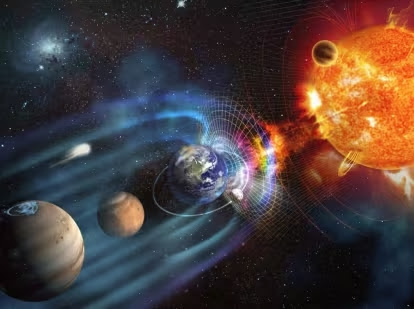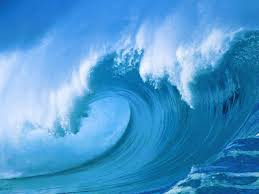GEOPHYSICS
"Volcanologists frequently visit volcanoes, especially the active ones, to observe volcanic eruptions, volcanic debris collect as tephra (ash and pumice), rocks and lava samples." - Wikipedia
Our planet, as we have always said, is a dynamic body, which always keeps moving, whether external or internal, molten inside our planet with convection movements, materials cause the tectonic plates desplazen creating friction with other tectonic plates, while creating different kind of volcanic activity and creating different forms of volcanoes with different eruptive mechanisms. Most of them are always active.
That activity that we see in different parts of the globe, gives us the physical evidence that our planet is in constant dynamic pressure and releasing energy in different ways and intensities.
The basic information we need to keep in mind when studying active volcanoes is:
1. Active volcanoes are those that can enter eruptive activity at any time, ie, they remain dormant. This happens most volcanoes occasionally become active and remain idle most of the time. The period of eruptive activity can last from an hour to several years. (1)
2. An active volcano can spew into the atmosphere or the surface of various materials, such as ash, volcanic material such as pumice, volcanic projectiles (rock fragments found inside the volcano), lava, pyroclastic flows (when rash occurs), gases such as sulfur dioxide and others.
3. Active volcanoes are constantly releasing pressure and energy, which can be registered by the seismograms installed in volcanoes, which are called volcano-tectonic movements.
BIBLIOGRAPHIC REFERENCES
(1) https://es.wikipedia.org/wiki/Volcán#Tipos_de_volcanes_seg.C3.BAn_su_actividad
"Volcanologists frequently visit volcanoes, especially the active ones, to observe volcanic eruptions, volcanic debris collect as tephra (ash and pumice), rocks and lava samples." - Wikipedia
Our planet, as we have always said, is a dynamic body, which always keeps moving, whether external or internal, molten inside our planet with convection movements, materials cause the tectonic plates desplazen creating friction with other tectonic plates, while creating different kind of volcanic activity and creating different forms of volcanoes with different eruptive mechanisms. Most of them are always active.
That activity that we see in different parts of the globe, gives us the physical evidence that our planet is in constant dynamic pressure and releasing energy in different ways and intensities.
The basic information we need to keep in mind when studying active volcanoes is:
 |
1. Active volcanoes are those that can enter eruptive activity at any time, ie, they remain dormant. This happens most volcanoes occasionally become active and remain idle most of the time. The period of eruptive activity can last from an hour to several years. (1)
2. An active volcano can spew into the atmosphere or the surface of various materials, such as ash, volcanic material such as pumice, volcanic projectiles (rock fragments found inside the volcano), lava, pyroclastic flows (when rash occurs), gases such as sulfur dioxide and others.
3. Active volcanoes are constantly releasing pressure and energy, which can be registered by the seismograms installed in volcanoes, which are called volcano-tectonic movements.
BIBLIOGRAPHIC REFERENCES
(1) https://es.wikipedia.org/wiki/Volcán#Tipos_de_volcanes_seg.C3.BAn_su_actividad
































0 Comments:
Publicar un comentario
No olvides de escribir tu opinión personal de nuestro blog, una página o información que desees comprtir. Todos los éxitos para ti. Gustavo Zavala.